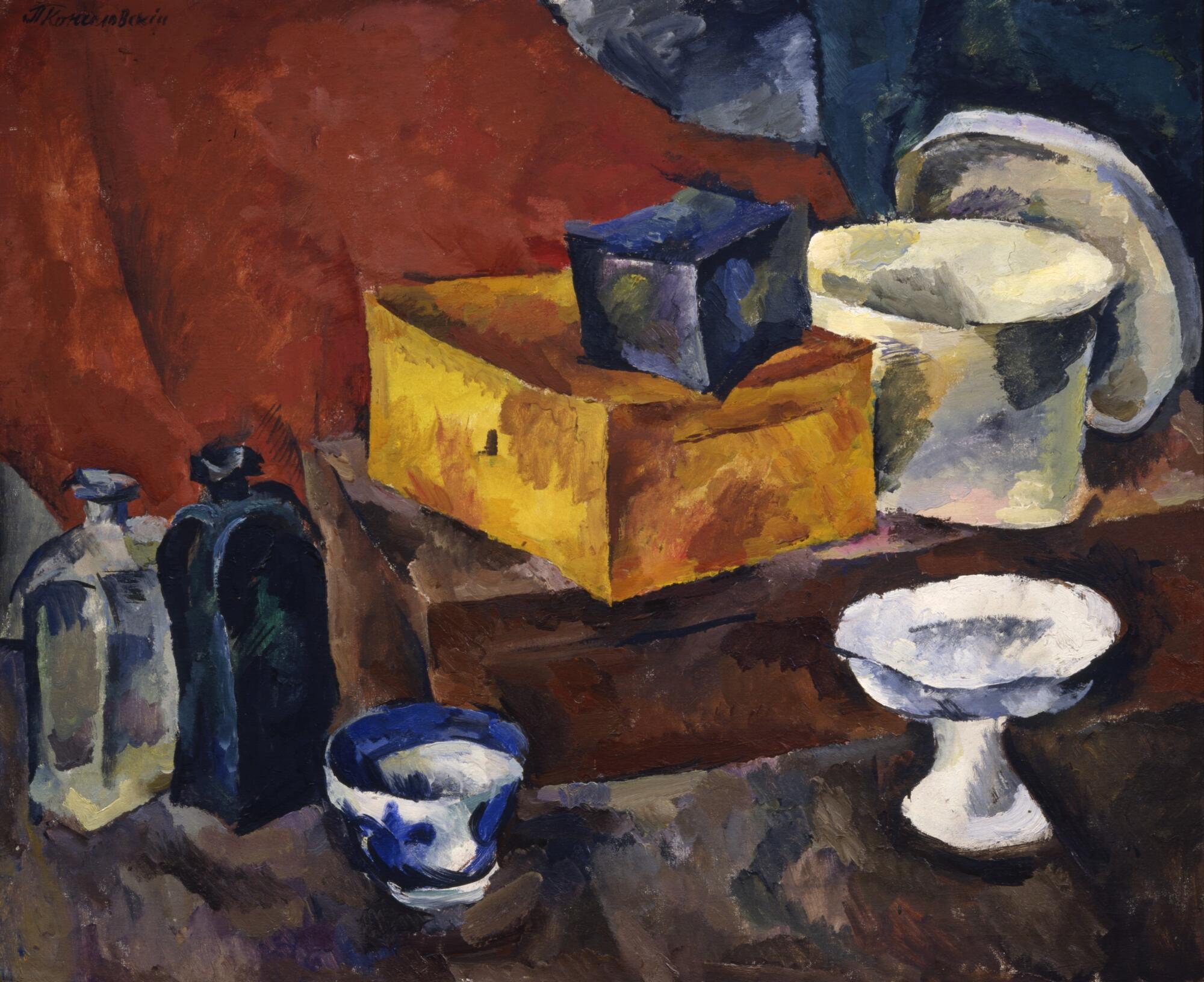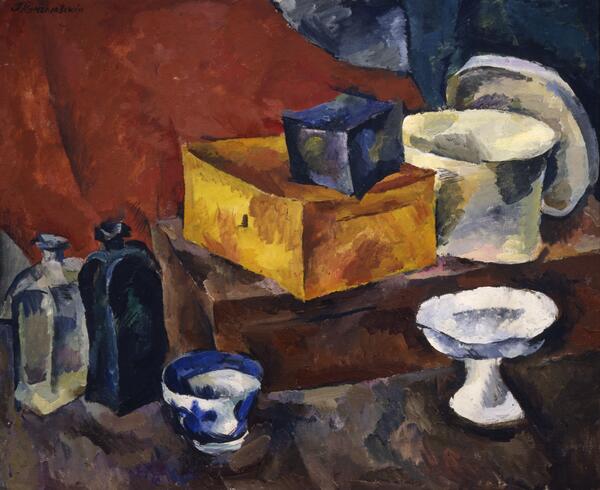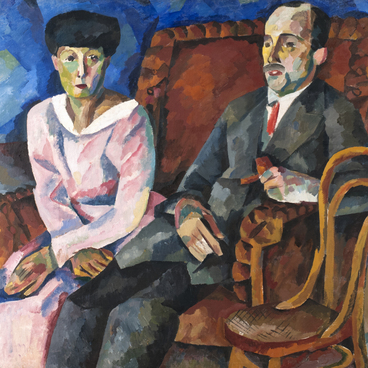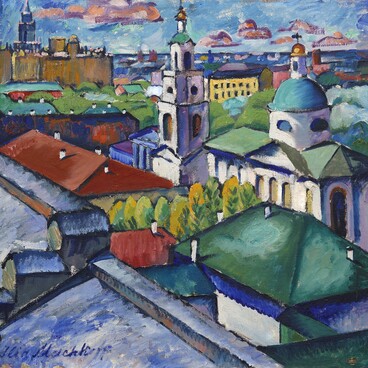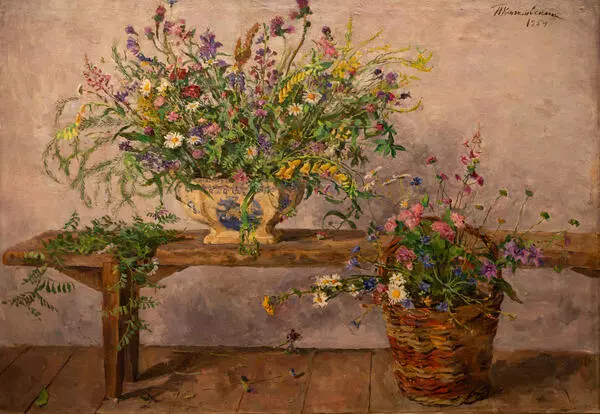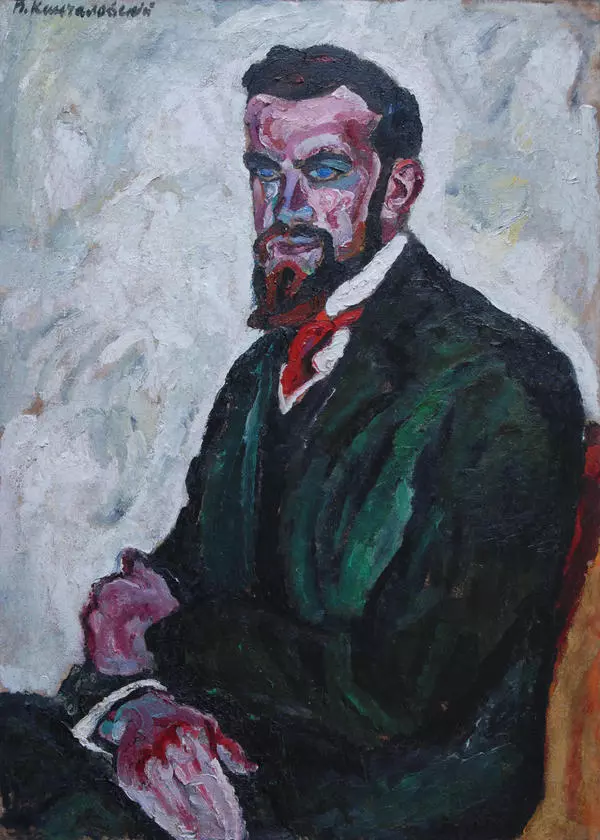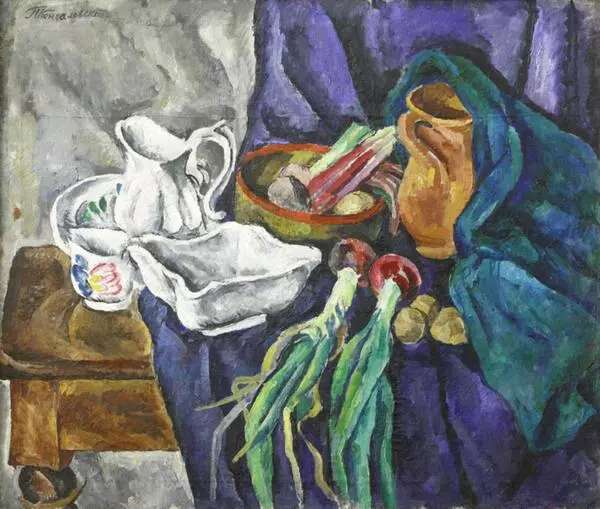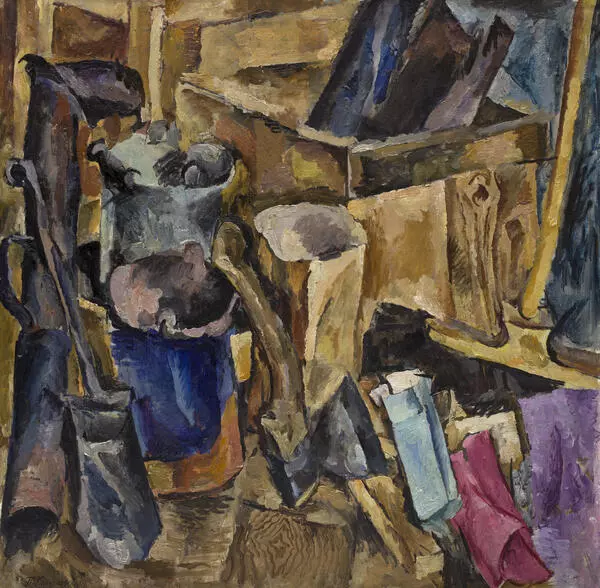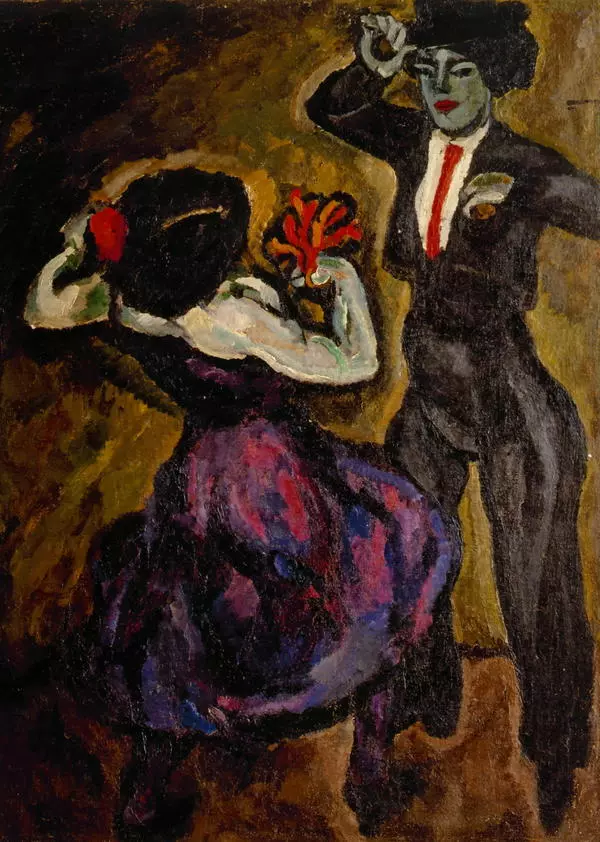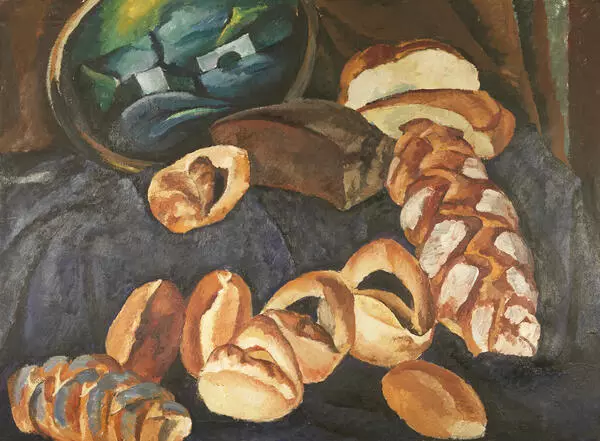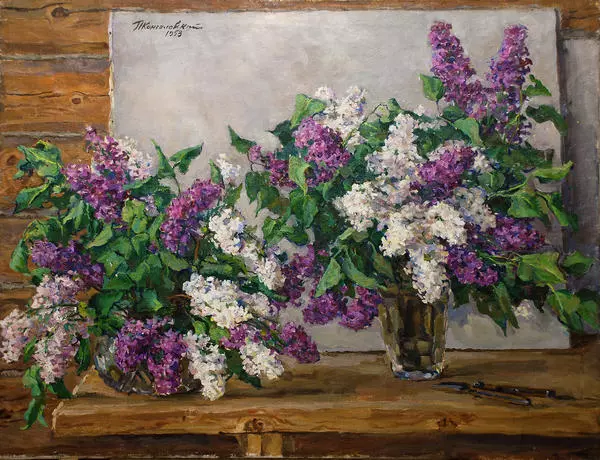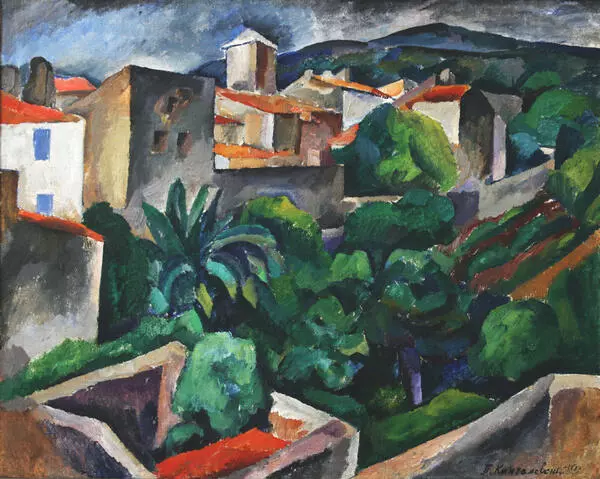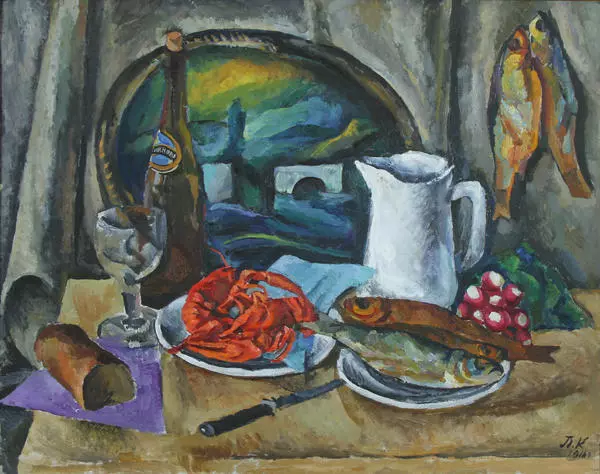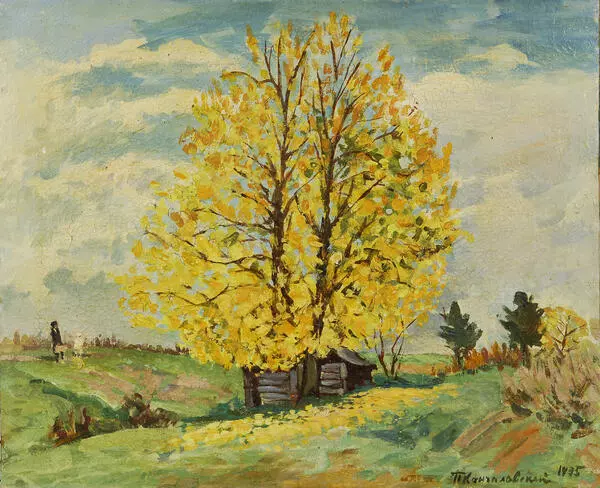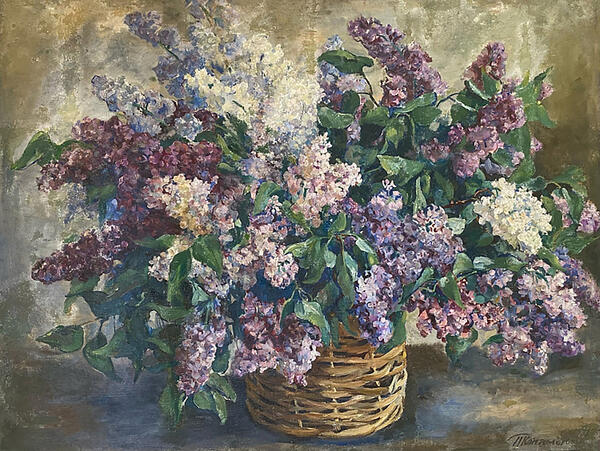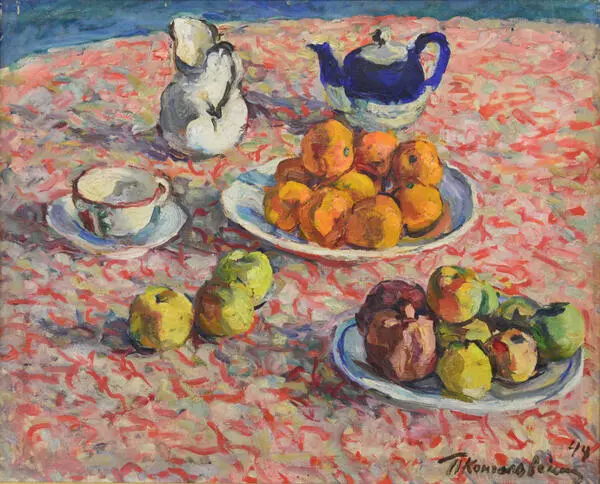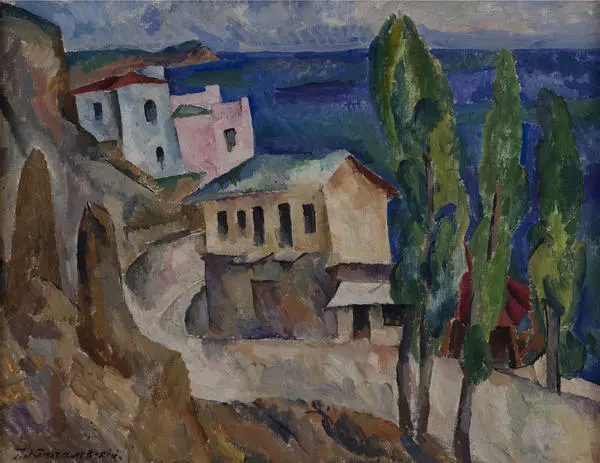The 1900s — 1910s were the heyday of still lifes in Russian painting. The desire for an objective grasp of reality led to artists increasingly rejecting the genre painting. The genre of still life, which, as contemporaries imagined it, excludes the elements of plot and narration, and focuses the viewer’s attention on the “simplest” qualities “inherent” in the phenomena of the surrounding world, became the form that most directly appealed to nature — a means to creatively analyze reality. Still lifes are now set to resolve narrow, purely perfunctory objectives: revealing the texture and shape of objects, building up a color arrangement, and creating original figurative solutions. At the same time, the conceptual essence of the object is not interesting for the artist, and the internal “narrative” link between objects is shattered.
Konchalovskiy, like other artists in the early twentieth century, uses still lifes as a field for formalistic, stylistic searches. Still Life (1911) is quite demonstrative of the creativity of Konchalovsky’s ‘Jack of Diamonds’ period, when he was fascinated by cubism, and not as much interested in the beauty of what he depicted as in the expressiveness of the image. In some catalogues and in various works, Still Life is also dubbed Cartons or Boxes. It actually does depict cardboard boxes.
The objects aggressively assert themselves in the space on the canvas: they feel self-sufficient, and even a certain sense of significance. ‘The materiality of things’ is what the artists in the ‘Jack of Diamonds’ movement - an association led by Konchalovskiy — were looking for; this manifests itself here in the almost tactile sensation of the surface on the objects depicted, and in the augmented texture of the background. The artist focuses on the transfer of the sensuously tangible materiality of objects, using and accentuating the roughness of the painting’s texture. The eye seems to “feel” the surface of the hat boxes, the glass of the bottles, and the faience on the vase and bowl. This approach was typical of the avant-garde youth during that time.
Konchalovskiy, like other artists in the early twentieth century, uses still lifes as a field for formalistic, stylistic searches. Still Life (1911) is quite demonstrative of the creativity of Konchalovsky’s ‘Jack of Diamonds’ period, when he was fascinated by cubism, and not as much interested in the beauty of what he depicted as in the expressiveness of the image. In some catalogues and in various works, Still Life is also dubbed Cartons or Boxes. It actually does depict cardboard boxes.
The objects aggressively assert themselves in the space on the canvas: they feel self-sufficient, and even a certain sense of significance. ‘The materiality of things’ is what the artists in the ‘Jack of Diamonds’ movement - an association led by Konchalovskiy — were looking for; this manifests itself here in the almost tactile sensation of the surface on the objects depicted, and in the augmented texture of the background. The artist focuses on the transfer of the sensuously tangible materiality of objects, using and accentuating the roughness of the painting’s texture. The eye seems to “feel” the surface of the hat boxes, the glass of the bottles, and the faience on the vase and bowl. This approach was typical of the avant-garde youth during that time.
